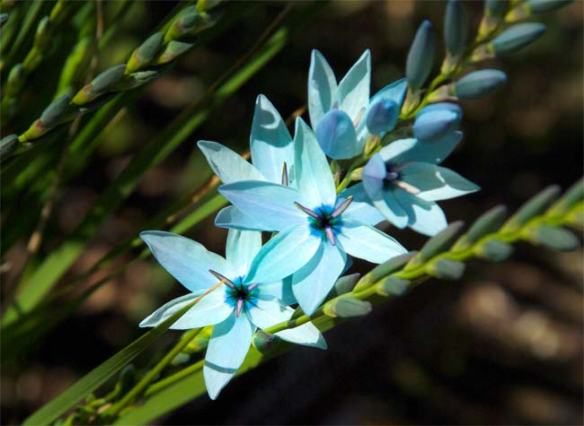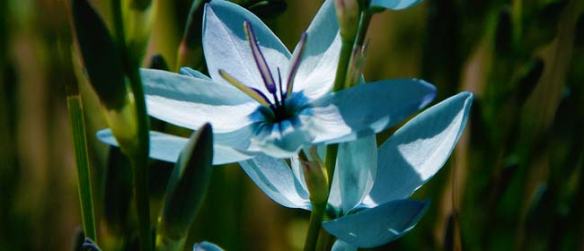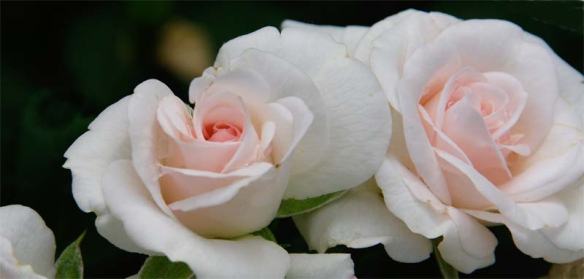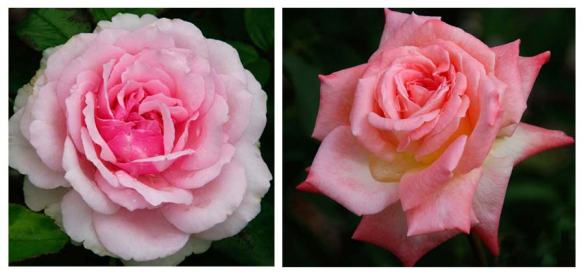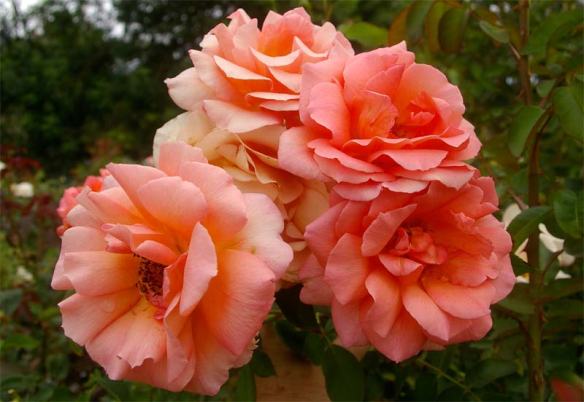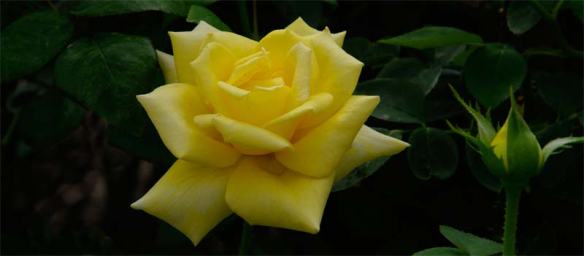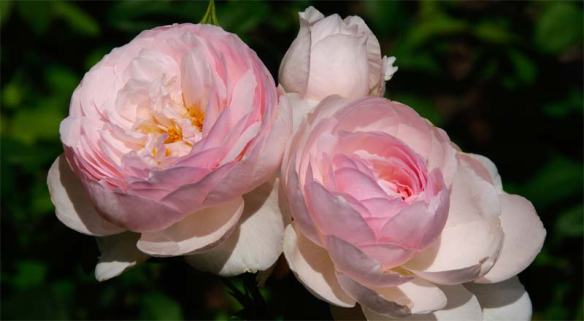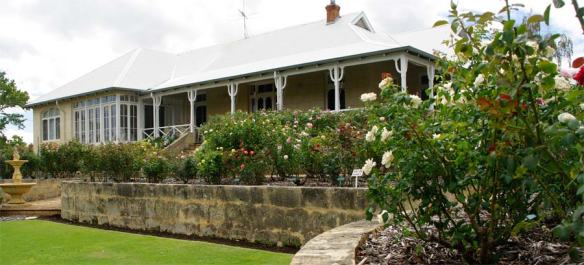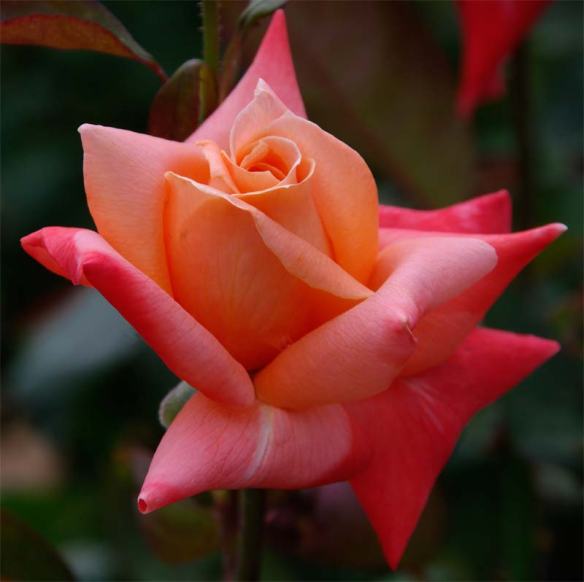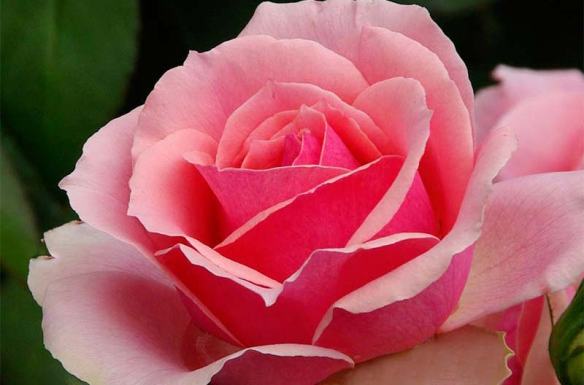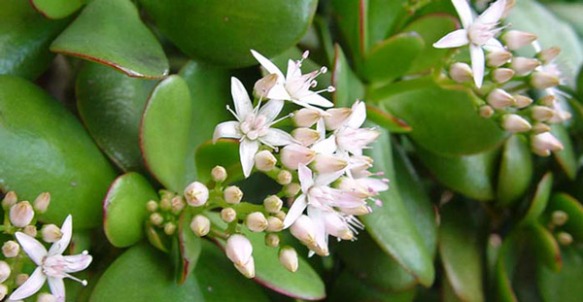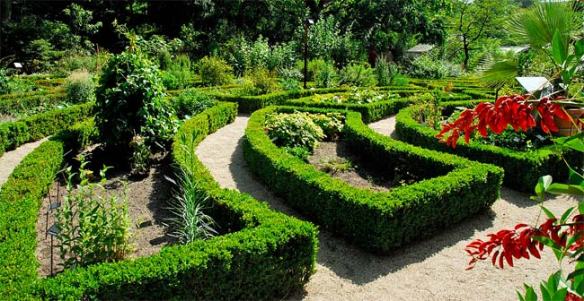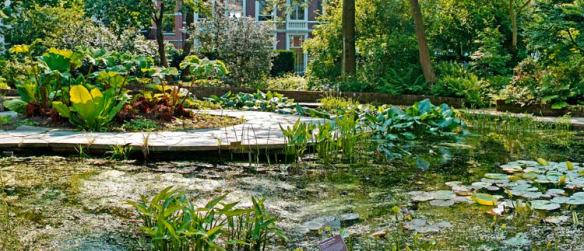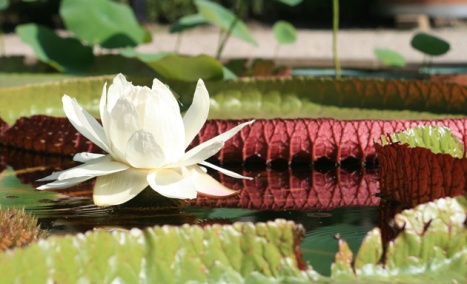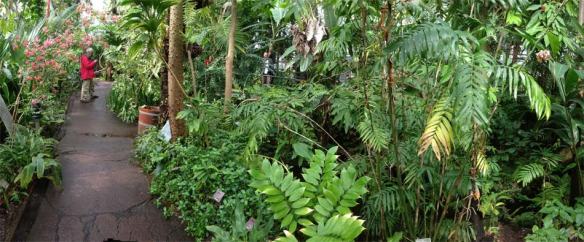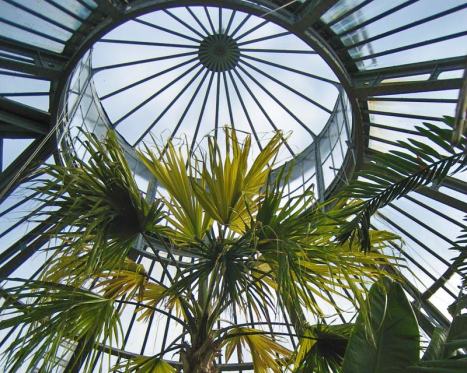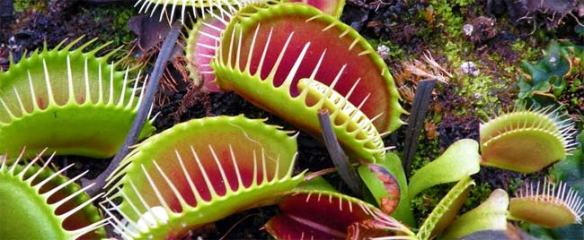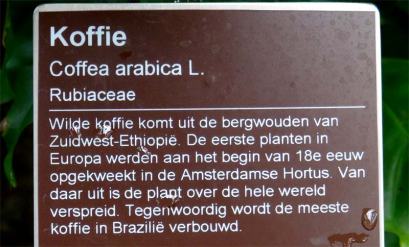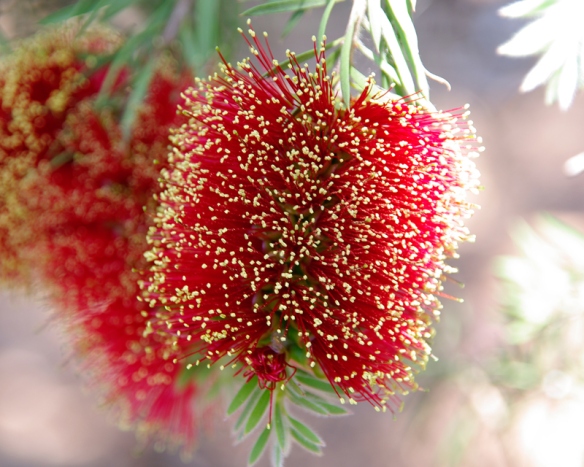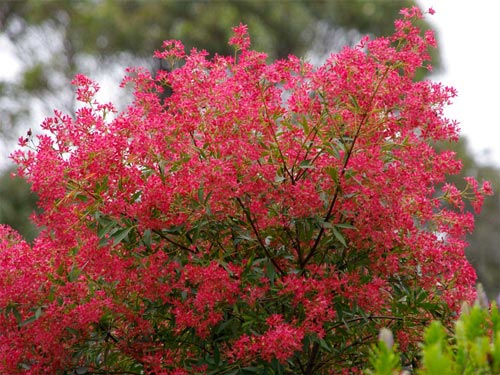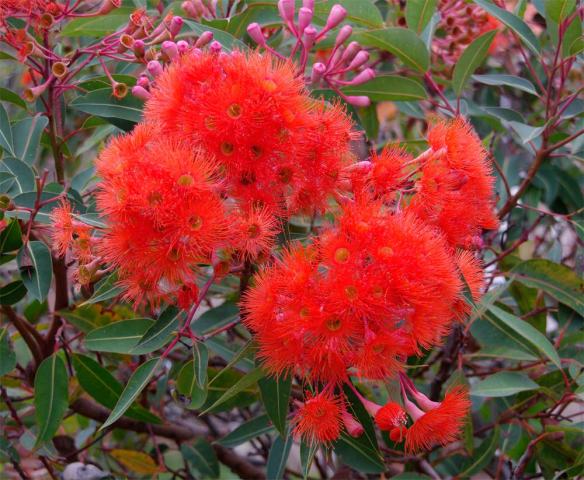Visitors to Paris will see some splendid ‘grand avenue’ gardens which celebrate the status of France in the modern world and are quite spectacular. But for those who like their gardens to be a more romantic experience, you cant go past a short train ride to Giverny, just 45 mins west of the capital.
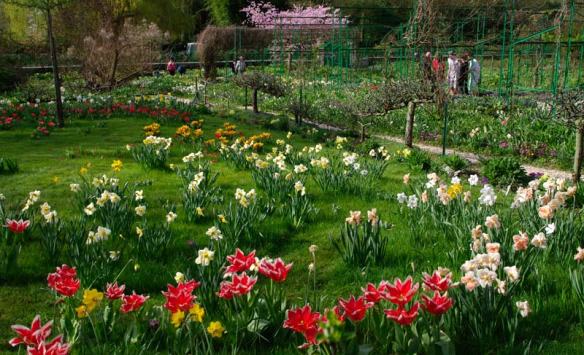 These are the gardens of the great impressionist master, Claude Monet who lived here for 43 years and now attract over half a million visitors a year.
These are the gardens of the great impressionist master, Claude Monet who lived here for 43 years and now attract over half a million visitors a year.
Its a place he was drawn to and found so much inspiration that he stayed the rest of his life here. Monet once said “I am first and foremost a painter and a gardener, I’m not much use for anything else.” Well, we all know what a great artist he was and now we know what a great gardener he was too.
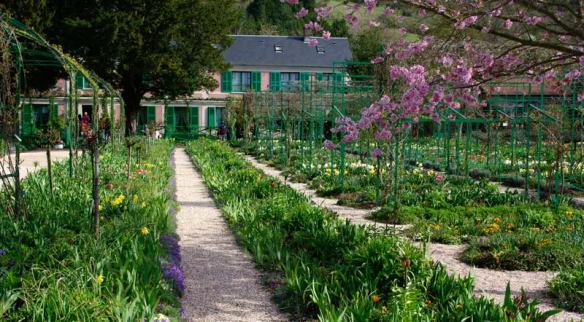 These gardens are his creation, though he did have some assistance, and are split into two parts by a road (which is a pity but doesn’t detract too much).
These gardens are his creation, though he did have some assistance, and are split into two parts by a road (which is a pity but doesn’t detract too much).
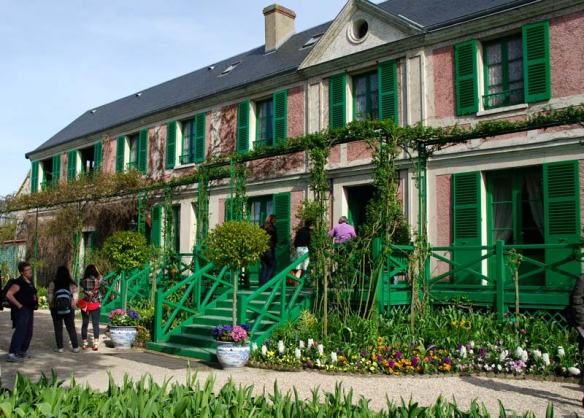 The charming pink and green shuttered house sits at the top of the property with sweeping views down across the semi-formal gardens that are intensely planted and chock full of areas of delight and colour.
The charming pink and green shuttered house sits at the top of the property with sweeping views down across the semi-formal gardens that are intensely planted and chock full of areas of delight and colour.
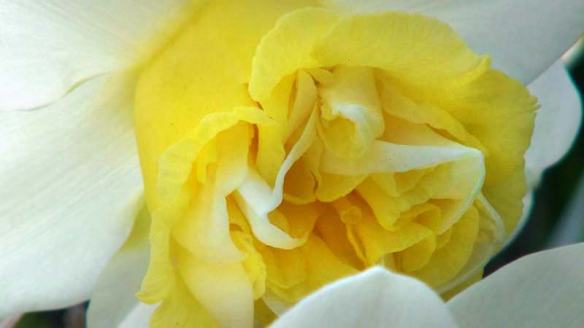 The gardener teams put a lot of effort into selecting the most Monet-reminiscent colours and also pay great attention to detail while retaining a very casual feel for a formal garden.
The gardener teams put a lot of effort into selecting the most Monet-reminiscent colours and also pay great attention to detail while retaining a very casual feel for a formal garden.
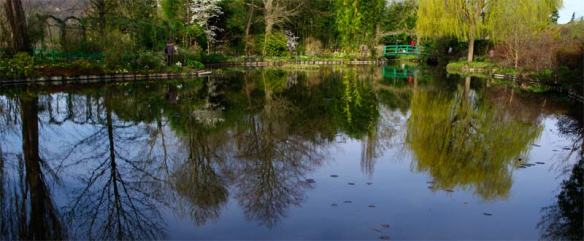 A small tunnel takes the visitor under the road to the lake – probably one of the most famous pieces of water in the world, thanks to the great works of art that have been inspired here.
A small tunnel takes the visitor under the road to the lake – probably one of the most famous pieces of water in the world, thanks to the great works of art that have been inspired here.
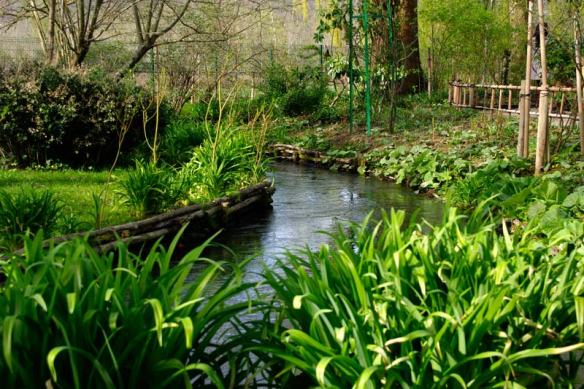 A bubbling stream feeds the lake and plantings of bamboo provide a useful backdrop to keep the eye focussed within the garden grounds. Again the plantings are intense and immaculate, always providing colour palettes to match the romantic nature of Monet’s work.
A bubbling stream feeds the lake and plantings of bamboo provide a useful backdrop to keep the eye focussed within the garden grounds. Again the plantings are intense and immaculate, always providing colour palettes to match the romantic nature of Monet’s work.
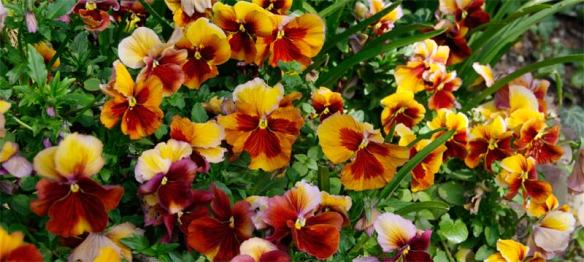 For those who like to know more about the man then the house is also open. This provides a wonderful insight into life in the late 19th and early 20th centuries in rural France and it is not difficult to imagine the gatherings of the ‘artistic elite’ who often met here to talk and exchange views.
For those who like to know more about the man then the house is also open. This provides a wonderful insight into life in the late 19th and early 20th centuries in rural France and it is not difficult to imagine the gatherings of the ‘artistic elite’ who often met here to talk and exchange views.
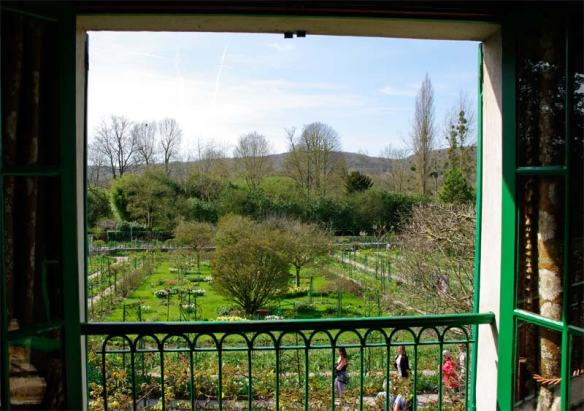 My only gripes would be the sound of traffic dissecting the garden now and again – and of course you do have to share these lovely grounds with a few other tourists.
My only gripes would be the sound of traffic dissecting the garden now and again – and of course you do have to share these lovely grounds with a few other tourists.
See full Gardens of the World entry here.
Author: Bob Saunders (www.gardensonline.com.au)
